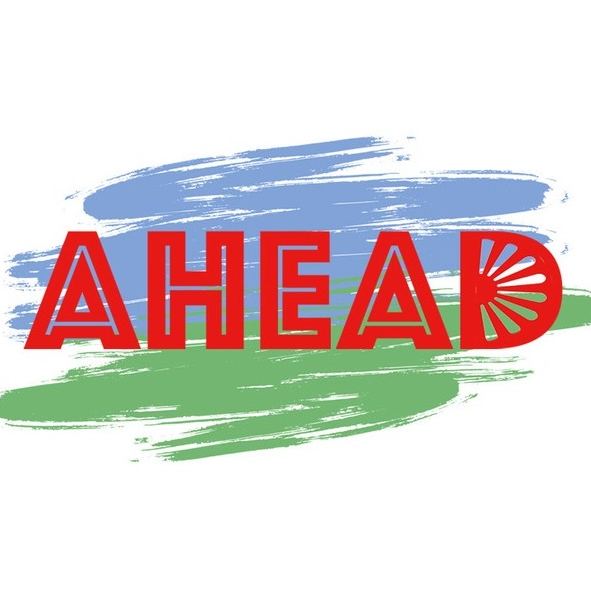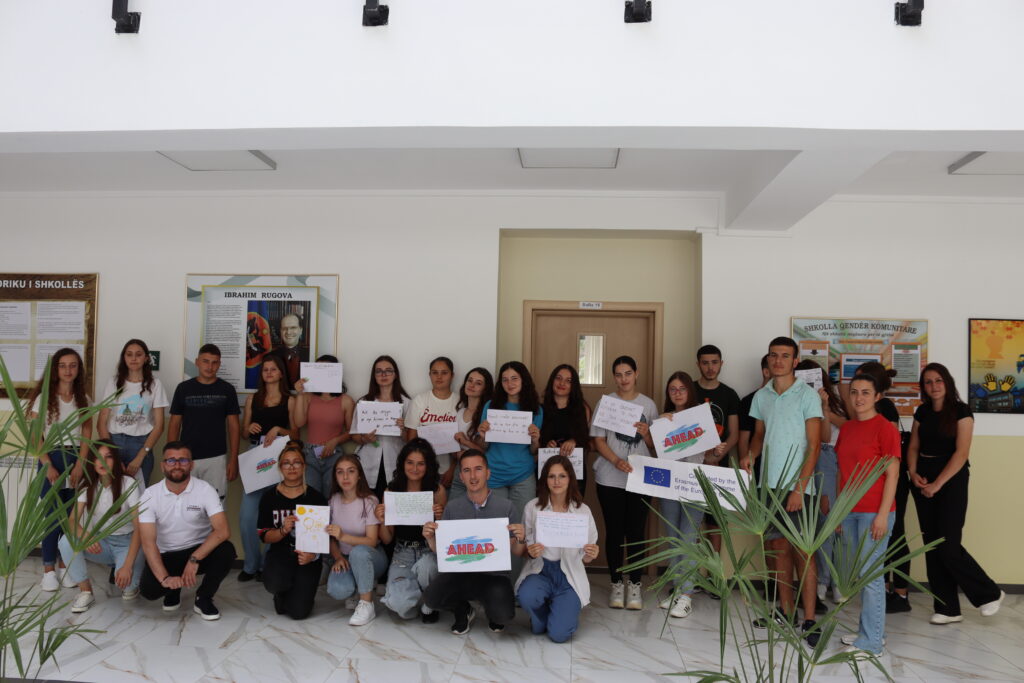National Action Plan 2016–2020: Comparative Remarks Halfway Through
Encouraging achievements have been reached under the 2016–2020 action plan, the number of students enrolled in preschool and compulsory education had a threefold increase, going from 4,437 in 2015 to 13,310 in 2018, while the unemployment rate has decreased from over 75% in 2014 to 55% in 2018. The goal of a 5% increase in 2018 compared with the 2015 baseline was also achieved regarding students enjoying free textbooks and people completing any form of job training. In contrast, the number of students enjoying study assistance and the number of teachers trained in Roma language has remained constant, while the number of students using preschool transportation has dropped sharply.
Evidence from the two previous chapters suggests that steps have been made toward the integration of Roma in compulsory education; thus, the short answer to our question on whether real inclusion has been delivered could be yes, but these data do not say much about the quality of the integration. Indeed, growing school enrollment has been noticeable only within compulsory education (comprising primary and lower secondary education). In contrast, upper secondary education (or simply secondary education in Albania) did not experience an increase in enrollment when compared with the 2015 baseline, while university enrollment fell (Meçe, 2015; D. Hyseni, personal communication, August 30, 2020). The proportion of Roma continuing education beyond compulsory school remains much lower than other non-Roma groups (Miskovic & Curcic, 2016), a trend aggravated by cuts in scholarship for higher education (Iulius & Adrienn, 2021). Amid these two contrasting policies, Roma students are stranded between subsidies beyond need in compulsory education, and cuts in subsidies in higher education, while university enrollment has been decreasing due to reforms in the social assistance program. Moreover, lack of resources and infrastructure makes segregation in education worse in rural areas, ultimately showing that without a comprehensive approach on Roma integration, improvements in education alone are unlikely to improve Roma livelihood.
By applying the same quantitative perspective, improvements in employment are undeniable, with 854 Roma employed through the Regional Employment offices in 2018 and the unemployment rate down from 75% to 56% in 2018. However, as unemployment went down, it is unclear which share of Roma people was employed due to subsidies and which share due to genuine employment opportunities (Tulumovic, 2018). Despite a drop in the unemployment rate, employment is not steady, with Roma often moving between jobs (ILO, 2019). Vocational education programs have been growing as a compensation for the diminishing number of scholarships in higher education, and the number of trainees has been mainly dependent on government funding, with 944 Roma trained in 2017 and only 157 trained in 2018, a clear sign of the tight dependency between Roma employment and state subsidies (Government of Albania, 2018). Indeed, employment suffers from long-lasting issues that cannot be resolved with increasing temporary funding; instead, it needs a systematic approach with a long-term goal in mind (O’Higgins & Brueggemann, 2014).
Table 2 shows the sharp contrast between programs where funding increased with the 2016–2020 Action plan (school enrollment or unemployment rate) and programs where funding shrank (pre-school transportation and training programs). Although increasing employment rate is one of the Action plan targets, structural issues like the chronic lack of ID cards, with the government showing no willingness to facilitate ID procedures, makes Roma citizens underrepresented at a political and economic level. If no ID cards are issued, that person does not exist, thus harder to hire while no funding shall be allocated to enroll that potential student or train that potential worker.
Overall, the National Action Plan 2016–2020 seems successful at first sight by increasing employment and enrollment rates. However, as shown in this study, looking deep into the numbers, no long-lasting improvement has been reached. The action plan seems tangled by the three-I problems: ideology, ignorance, and inertia, a frequent issue among programs for weaker layers of society (Banerjee & Duflo, 2012). Ideology coming from European institution catalyzed governmental attention into minority issues, first with the 2010 anti-discrimination law, and after by recognizing Roma as an official minority in 2017. However, ignorance of the Roma people’s real issues kept the law only on paper with no actual implementation as governmental efforts cannot wipe out years of antigypsyism mentality. Therefore, at the halfway mark, the 2016–2020 action plan seems lead by inertia, with quantity over quality and no question asked in regard to what kind of education is being taught or what kind of employment is being offered, with funding focused on the economic and statistical side of the problem, forgetting the human side, which is likewise essential. A similar view is backed by the RCC progress report on Albania 2020, which concludes that inequality has not been reduced in Albania, except in health care coverage, while the marginalized Roma population did not enjoy growing rights in education or employment. The RCC also noticed a considerable expansion in the gaps between Roma and non-Roma neighbors, with Albania having the largest overall ethnic gaps in the Balkans (RCC, 2020). Growing school enrollment or temporary employment are short-term solutions, but providing Roma people with good schools and good job could be a practical long-term solution.

This study has attempted to bring Roma and minority issues back on the public agenda; as the COVID-19 outbreak has attracted attention from all sides of the public sphere, minorities issues have been downgraded to a secondary stage, despite minorities were hit the hardest by the outbreak, as social distancing was often not an available option. The national government has implemented economic packages targeting those who lost their job during the pandemic, while Roma communities were often excluded from this economic aid due to the informality of Roma employment. In terms of education, lack of internet connection or computers made remote schooling impossible for Roma students, while missing school meals aggravated malnutrition. In line with what mentioned above, future studies should focus on COVID-19 impact on different minority groups within the same country, as the rapid development of policies responding to the pandemic made data availability and collection a limitation of this study. Therefore, given the data limitations, we could focus on education and employment only, as these data are released yearly, while other data on housing or health are incomplete or missing. Moreover, due to the COVID-19 outbreak, geographic limitations have occurred, as traveling to Albania was impossible due to border closure worldwide. As the collection of firsthand data was not possible, we had to overcome geographic limitations by conducting Skype interviews with local experts based in Albania. Finally, when a non-Roma studies Roma issues, bias will inevitably emerge, as stereotypes, prejudice, or behavioral tendencies will lead toward a particular set of solution for Roma problems. We have attempted to overcome our bias by looking at issues and solutions from an analytical perspective, with data analysis conducted on a quantitative approach leaving no room for qualitative assertions, while building our thesis above previous literature and with the help of members of the Roma community in Albania. Finally, we used data from official national and international institutions specialized on Roma affairs, therefore reducing the risk of bias in our bibliography.





Leave a Comment